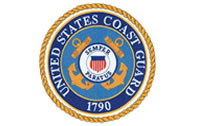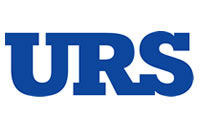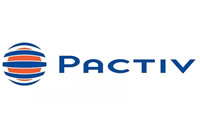A bad system will defeat good leaders, so create a structure that supports success
By Tom Moriarty for Plant Services Magazine
Plant Services, January 8, 2018
An organization’s culture can be defined by what most people do, most of the time. What people do are behaviors. To shape the right culture, we have to define behaviors and manage them. If we don’t, the culture will be random and uncontrolled.
The defined behaviors and how they’re carried out constitute a system. W. Edwards Deming in 1993 said, “A bad system will beat good people every time.” Strategic, functional guidance is critical to a system. For good people (leaders and their teams) to succeed, they must have a good system.
Too often, senior leaders consume a lot of resources developing their organization’s strategic direction, but they don’t allocate enough resources to the other system elements: functional and core management processes for achieving their strategy.
Trying to lead and manage without a good management system will leave otherwise good managers or supervisors frustrated. When policies, processes, and procedures are not well-defined, leaders will make decisions based on their understanding of what is best. In the absence of well-defined guidance, any two leaders faced with the same circumstances may make very different choices. Those decisions may change when one leader is replaced by another, leading to an inconsistent and poorly functioning system.
It’s difficult for a team to perform at a high level if the system the team works in is not consistent. Teams need to have a stable foundation that starts at a strategic level and is linked to the functional (department) and team levels.
Strategic direction must establish organizational objectives that all can lean on when decisions need to be made. This direction should be a North Star that guides team members’ decisions. It should change only when there are true shifts in strategy.
A great model for aligning strategic level and lower level guidance can be found in the Standard for Asset Management (ISO 55000 series). The standard addresses horizontal and vertical accountability. Horizontal accountability is addressed by aligning asset or program life-cycle phases: planning/assessment, design, fabrication/construction, commissioning, operations and maintenance, and disposal. Vertical accountability is established by aligning asset management objectives with organizational objectives and creating an asset management system that consists of an asset management strategy, policies, and plans for each function (e.g., human resources, operations, maintenance, and finance).
Within each function, an asset management strategy and asset management policy describe day-to-day (routine) activities and continuous improvement opportunities. Asset management plans form a system of guidance that provides details on activities and accountabilities. I prefer to use the Organizational Reliability Model© (ORM©) to visualize the asset management system.
In the ORM model, routine activities are carried out using available resources, deployed through defined guidance, and executed through leadership. Routine activities carried out consistently will generate consistent data.
The way each function carries out its routine and improvement activities is defined by core management processes (CMP). CMPs describe in detail how the routine and continuous improvements are to be carried out. The CMP for each function will be linked with other functions’ CMPs. Together they provide visibility of the interdependence among functions and teams within functions. Well-designed CMPs become a reference tool for training and for holding peer groups accountable for consistency.
Each CMP should be defined using multilevel flow charts, accountabilities, and a narrative process guide. An example of a routine CMP for a maintenance function would be the maintenance management process: identifying tasks, managing backlog, planning, scheduling/coordinating tasks, performing tasks, and closing out the tasks. Leaders can then be attentive to performance and assertive in reinforcing conforming behaviors or addressing nonconforming ones.
You can have great leaders and team members. But poor guidance systems will beat them every time. And you can’t get excellent performance if the system leaders are in working doesn’t support or allow for excellent leadership.


















